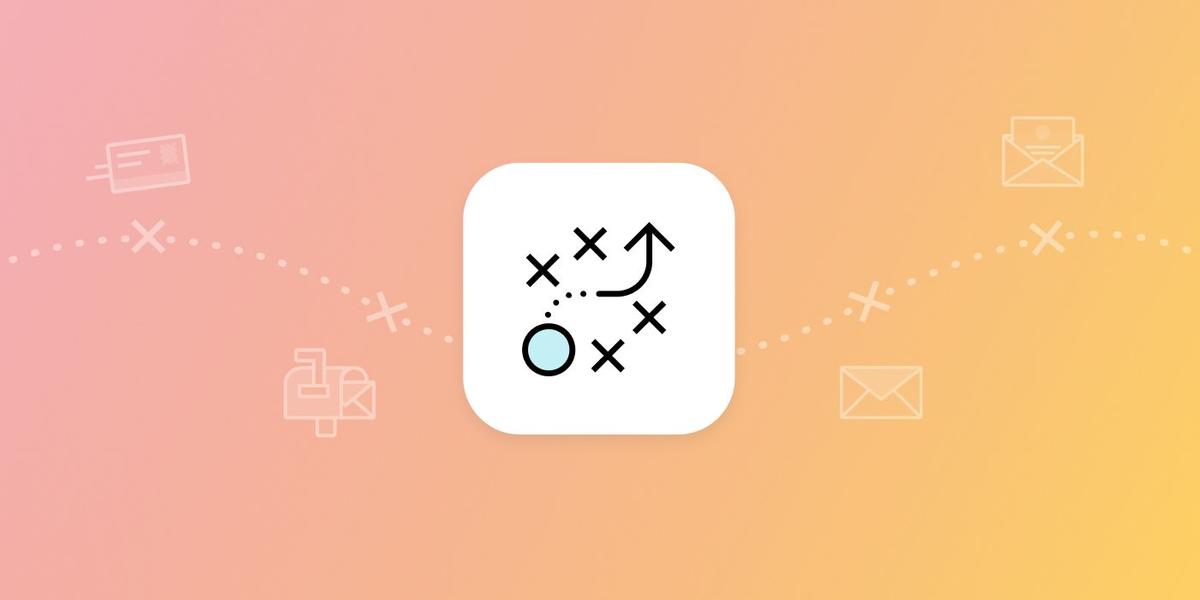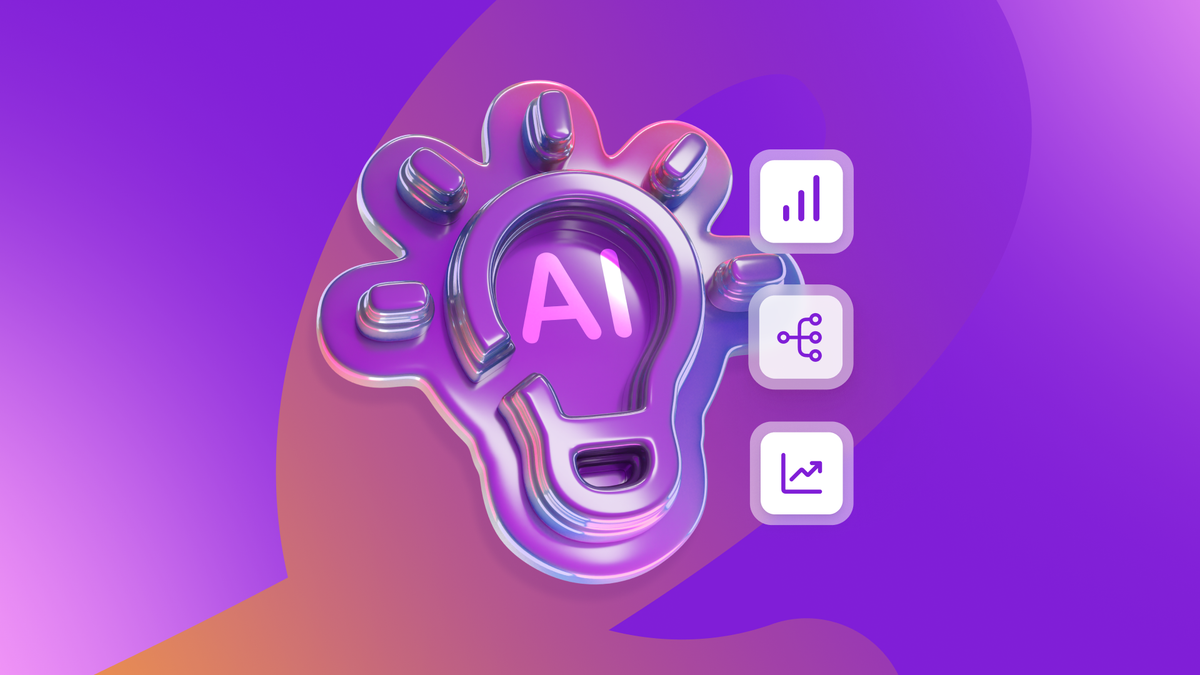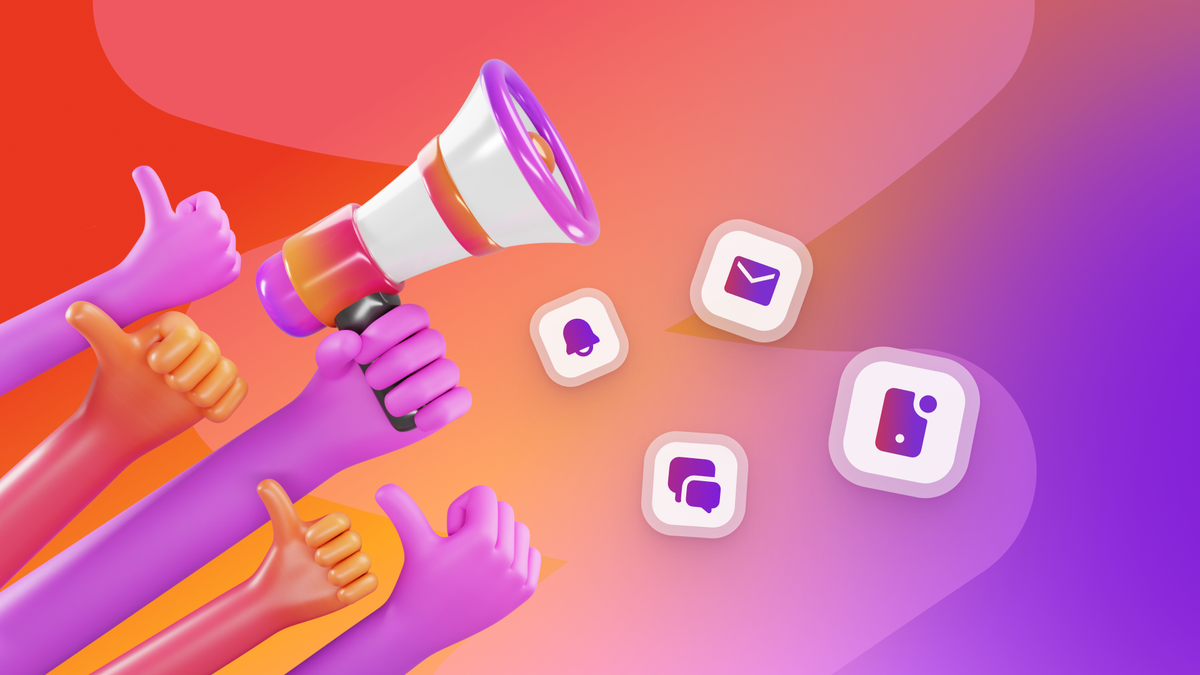Direct Mail Campaigns at All Customer Lifecycle Stages
Published on March 16, 2020/Last edited on March 16, 2020/12 min read


Marianna Smiyan
Contributor, InkitLet’s imagine a real-life situation. You leave home to buy some milk without knowing the route to the store. This makes it likely that you waste a lot of time—or even get lost.
Informational signs or a decent map would have helped you, but because no one provided them to you, you might well end up in a different store than the one you planned to visit.
This situation mirrors an experience that is often true for consumers, both offline and online. Although the digital world has different maps and marketing routes for directing a consumer, your target audience is more likely to convert if you guide them thoughtfully through the customer lifecycle stages. An in-app message, direct mail campaign, or email newsletter activated at the right moment can entice customers into the next step of their lifecycle journey. Your goal is to study customer behavior and offer the most suitable type of interaction depending on the context—specific needs, pain points, and preferences. Since the number of possible customer behaviors and brand interactions is huge, you won’t be able to run effective trigger-based marketing campaigns without automation.
In this article, I’ll break down the essence and main characteristics of customer lifecycle stages. You will learn how to connect multiple marketing channels with the help of the Braze platform’s customer journey tool, and achieve the perfect balance between the use of online and offline channels. Using cross-channel marketing, including offline steps, is a unique chance to outplay competitors that neglect the power of brick-and-mortar marketing.
What Is the Customer Lifecycle?
When it comes to managing customer relationships, the concept of a customer lifecycle is key. It describes a set of stages that potential and existing customers go through. The customer lifecycle stages comprise everything that happens before, during, and after the transaction. It’s a continuous and long-lasting process.
Despite looking like a one-way path, the customer lifecycle is actually cyclical. Once customers complete the target action, they don’t become less significant to your business. You’ll need to engage and nurture them to encourage the repetitive purchase of a product or service. For example, you may provide exclusive offers, promote new features, or announce releases. This will put the customers back to the beginning of the lifecycle and nudge them into repeating it. Moreover, post-purchase promotions are necessary to keep the interest of the existing customers and encourage word-of-mouth marketing. It’s an excellent resource to build brand loyalty and maximize revenue.
Understanding the lifecycle concept will help you properly calculate your marketing budget. All the stages of the customer lifecycle are essential to successfully run a business and equally need investment. If you spend a fortune to reach your potential customers, you won’t have funds to engage or convert them. Even if you manage to make them buy, they will never return because of the poor customer experience. Thus, your marketing campaigns won’t save you from disastrous customer churn.
The 5 Customer Lifecycle Stages: How to BalanceDigital and Direct Mail Marketing at Every Stage?
Every customer experience is unique—and that means that the specific lifecycle stages can vary from vertical to vertical and from brand to brand. One customer may learn about your product or service and decides to place an order right away. Another could read your blog and only later realize that she would love to use your product. That said, let’s take a look at the five customer lifecycle stages that are generally seen:
Lifecycle Stage #1: Awareness
This step, which is closely related to inbound lead generation for many brands, is also called “customer reach” and officially starts the sequence of customer lifecycle stages. You tell people about your product or service through one channel or another (or multiple channels), giving them a valid reason to start paying attention to your brand. The main goal here is to create content and launch marketing campaigns that attract potential leads.
Ways to Build Awareness
- Optimize the SEO of your web resources. You should know which keywords bring online visitors to your website and tweak your content accordingly. To monitor the result, you will need to track the number of new and returning website visitors and your search ranking. If the traffic and search positions improve, the optimization likely yielded positive results.
- Address your target audience on social media. Create social media profiles, including Facebook, Instagram, LinkedIn, and other relevant web resources. Regularly publish thematic content related to your industry and use applicable SMM techniques. You can also invest in contextual advertising but don’t forget to configure targeting. Make sure to continuously monitor social analytics (e.g., the number of followers, subscribers, reposts) to measure the effectiveness of your social media marketing campaigns.
- Use pay per click (PPC) advertising to buy visits to your site. Start by picking a keyword that reflects the product or service you’re offering in order to serve up your ads when users type the query. Once you start an advertising campaign, Google Ads will provide you with the full functionality for tracking its results.
Direct Mail Campaigns for Building Awareness
Quality direct mail can be a powerfully effective first touch point—for one thing, it tends to have a much higher response rates than social media or emails. Make sure to include a convincing call-to-action (CTA) and a QR code on the mail you send to encourage visits to your web resource. If you have the budget for a higher-cost send, considering opting for dimensional direct mail campaigns since they are highly memorable.
Lifecycle Stage #2: Acquisition
Once someone becomes aware that your brand exists—and hopefully starts to understand what it does—it’s time for you to start working to turn them into leads. A lead is someone that expresses interest in your product or service. That could mean browsing items on your website, downloading your mobile app, joining your email mailing list, or even wandering into one of your brick and mortar stores. At this stage, it’s important to avoid being too pushy, as that can repel potential leads. Keep your approach balanced and make sure to take into account the interests, goals, and pain points of your target audience in every communication you send.
Ways to Introduce Customer Acquisition
- Offer diverse personalized content. Content can be a powerful way to clue in people to the potential value of the product and services your brand offers. That can mean leveraging traditional content marketing, such as blog posts and white papers, to educate customers about your product. It could also mean using advertising and social media to drive newsletter sign-ups and digital alerts and then using a customer engagement platform like Braze to powers personalized customer experiences through data driven optimization.
- Leverage third-party review-focused resources. By cooperating with these third-party resources and nudging happy customers to rate your product or service, you can put your brand’s best face forward and make it more likely that potential customers see your brand as worthwhile.
Direct Mail Campaigns for Customer Acquisition
Consider using direct mail marketing campaigns to spread the word about your brand and nurture leads into active customers. You should connect them with other marketing channels and use trigger-based automation to support effective personalization. This can be achieved with the integration of Braze and Inkit’s direct mail automation tool. Inkit supports a custom postcard builder and variable data printing; Braze can instantly trigger the delivery of mailing pieces once a certain event or action happens. This powerful combination allows you to tailor content and build strong customer relationships while also enticing your message recipients to convert.
Lifecycle Stage #3: Conversion
This is where every business owner and marketer is looking to get. From here on, your leads officially become customers—all they had to do was make that first purchase or complete another target action. While their journey with your brand is (hopefully) not over, getting people over the hump and nudging them to make that first conversion is an essential building block for your brand’s long-term success.
Ways to Stimulate Conversions
- Cross-Channel Promotional Messaging. Using features like the Braze platform’s customer journey tool, Canvas, you can easily set up multi-step, cross-channel campaigns that seamlessly guide (and convert!) users as they interact with your brand.
- Abandoned Cart-Style Outreach. A user’s browsing behavior can be a significant sign that they’re close to converting—and one effective way to act on those signals is by triggering responsive messages when a potential customer adds a product or service to their cart but leaves your page or app without buying
- Ensure top-notch customer experience online and offline. Take care of website usability and convenient navigation to make the conversion path smooth and simple. On the offline side of things, ensuring that you’re hiring effective sales representatives and customer support workers to help potential buyers make their choice or solve any problems.
Direct Mail Campaign for Conversion Increase
When it comes to conversion as one of the customer lifecycle stages, direct mail campaigns show promising results. You can send anything from discount flyers to customized catalogs featuring special offers. Moreover, if you automate the delivery of mailing pieces, you can use direct mail to retarget shopping cart abandoners, offer bonuses to new subscribers, and more—all in concert with your digital messaging and marketing efforts.
Lifecycle Stage #4: Retention
If you successfully nudge an individual to convert, you probably know the price of customer acquisition. Attracting a new customer is 5 times more expensive than keeping an existing one, so every customer you hold onto can help to boost your bottom line. Retention is all about providing existing customers with a continuous positive experience to build a mutually-beneficial relationship.
Ways to Make Customers Stay
- Prioritize customer satisfaction across the board. Make sure customers are satisfied after ordering your product or service. For example, you can send them a survey to find out any possible problems or use ongoing net promoter score (NPS) tracking to identify potential trouble areas for your brand.
- Provide personalized, relevant experiences. Whether you need to engage lapsed users, non-openers, unhappy customers, or anyone in between, you can use a customer engagement platform like Braze to segment and target users with the most valuable, relevant content.
Direct Mail Campaign for Customer Retention
Since your target audience already knows about your brand, the odds are that the mailing pieces you send them will have strong response rates. Familiarity with a company makes customers 46% more likely to read marketing materials, driving engagement with new information about your products and services and potentially reducing hesitation over whether to place a new order.
Given that, consider using direct mail campaigns in concert with email and other digital messaging to introduce new products, provide exclusive offers, or recommend relevant add-ons for better customer retention. Similarly to other customer lifecycle stages, personalization is essential. For example, many companies send birthday postcards to show their care and strengthen customer relationships, but it’s also possible to highlight particular products or services that they’re likely to be interested in, based on their past digital engagement.
Lifecycle Stage #5: Loyalty
If you have led a customer through all the previous customer lifecycle stages to this one, congrats! Now they’re your partner and brand ambassador. These loyal customers likely buy from you on a regular basis and recommend your services to their friends and family. But while they’re dependable and a key resource for your business, it’s important not to rest of your laurels—their special status deserves special treatment.
Ways to Promote Customer Loyalty
- Consider creating a loyalty program. Launching a loyalty program and introducing bonuses, cumulative points, or exclusive offers as a part of your program can be an effective way to encourage regular customers to become even more loyal. Plus, this approach can nudge customers to purchase again and feel that they’re part of a close community built around your brand and the benefits it provides.
- Keep your focus on brand humanity. Your customers are people and it’s important to treat them that way if you want to build real, sustainable relationships with them. Research conducted by Forrester on behalf of Braze has found that when consumers see a brand as human, they’re 1.9x as likely to recommend it to others. Take advantage of this multiplier by using personalization, segmentation, and responsive message to give your loyal customer a more impactful, more human experience.
Direct Mail Campaign for Loyalty Customers
The sheer physicality of direct mail can provoke a stronger emotional response than other marketing channels. It makes people feel like you went directly to their house to drop a postcard to the mailbox. As a result, direct mail can be a great way to connect with customers who already have an emotional connection with your brand.
Usually, loyalty-focused direct mail campaigns are based on mailing pieces aimed to update the recipients on their status in a loyalty program. That said, it’s now possible to go a step further and use a customer engagement platform like Braze to launch a trigger-based direct mail campaign. It will allow you to automatically deliver catalogs once a user clicks the Subscribe button, notify them about loyalty bonuses if they are about to expire, and more.
What Is a Customer Lifecycle Map—and How Can You Create One?
A customer lifecycle map is a tool used to organize the behavior and actions of a large target audience. It allows companies to monitor the overall customer experience and ensure that consumers can smoothly navigate through all the customer lifecycle stages. Customer lifecycle maps are widely used by marketing and sales teams to launch multi-faceted marketing campaigns.
Specialized platforms—like Braze—with built-in mapping functionality are the most effective way to create a customer lifecycle map. You can use a drag-and-drop tool to map the main customer lifecycle stages and get the big picture of your marketing campaigns, as well as detailed analytics and reporting. You’ll also be able to easily track your marketing results and promptly make changes as necessary. Thanks to numerous integrations available within its
Braze Alloys technology partnership hub, Braze can also become the foundation for automated cross-channel campaigns that can fit every stage of the customer engagement lifecycle.
If you’re feeling inspired to introduce direct mail at any of the customer lifecycle stages, you can make it happen by connecting Braze with Inkit. This integration will allow you to include mailing into your marketing workflow to turn potential leads into loyal customers. Visit this page to learn more about Braze+Inkit integration.
Related Tags
Releated Content
View the Blog
Enterprise generative AI: Transforming data, decisions, and customer experiences

Team Braze

Omnichannel personalization: Delivering consistent, connected customer experiences

Team Braze

Are you AI-savvy enough to survive? A wake-up call for CMOs
